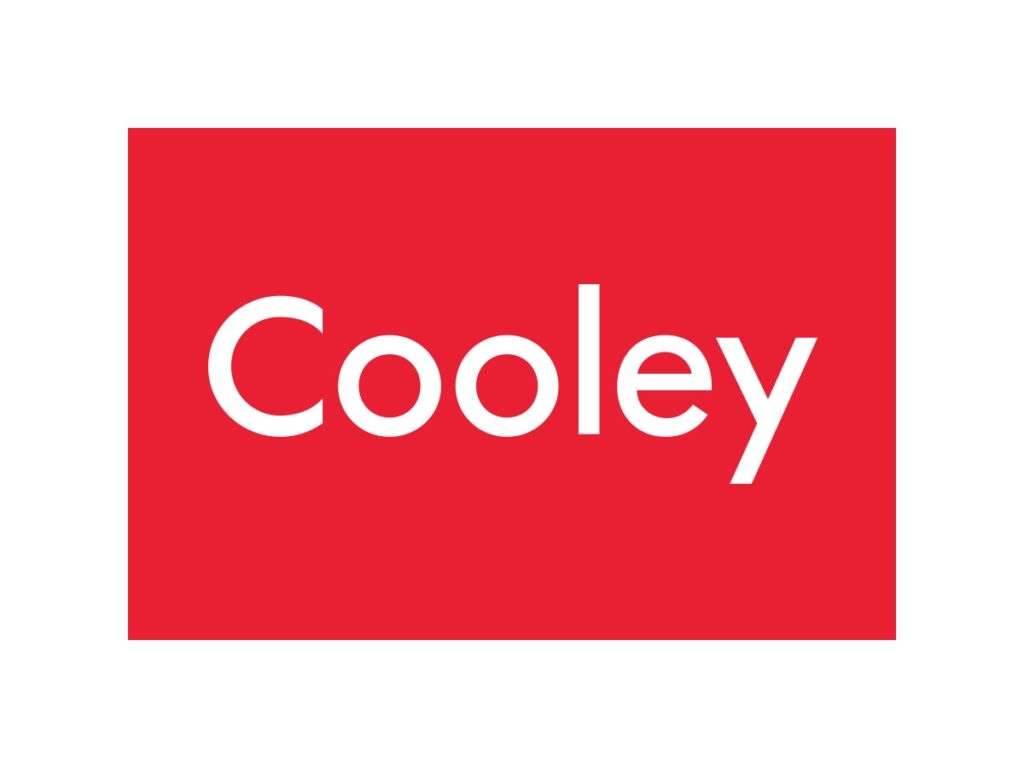EU Launches Groundbreaking Markets in Crypto-Assets Regulation | JD Supra

In September 2020, the European Commission adopted a digital finance package with the aim of creating a supportive regulatory framework to enable the digital transformation of the European Union’s financial industry. It established the groundbreaking piece of regulation – the Markets in Crypto-Assets Regulation (MiCAR) – to provide a harmonised regulatory framework for crypto-assets in the EU. MiCAR came into force on 29 June 2023, almost three years later, and soon will become applicable. The key dates are:
30 June 2024, which is when provisions governing in-scope stablecoins become applicable.
30 December 2024, which is when provisions governing the remaining crypto-assets become applicable.
If your business issues or deals with crypto-assets in the EU, understanding MiCAR now and achieving compliance before the relevant deadline will be crucial, as the regulation may significantly impact your business’ compliance procedures and transparency obligations.
This alert provides a high-level summary of what MiCAR is, the scope of the regulation, and the key requirements for businesses currently dealing, or intending to deal, with crypto-assets in the EU.
1. What is MiCAR?
In January 2019, two reports – Advice on Initial Coin Offerings and Crypto-Assets from the European Banking Authority (EBA) and Report With Advice for the European Commission on Crypto-Assets from the European Securities and Markets Authority (ESMA) – highlighted the issue of a majority of crypto-assets falling outside the scope of existing EU financial services legislation, such as the Markets in Financial Instruments Directive 2014 (2014/65/EU), also known as MiFID II, and the E-Money Directive (2009/110/EC), or EMD2. Given the increasing popularity of markets in crypto-assets, the lack of rules regulating crypto-assets and related services raises concerns that it will set back fair competition and innovation due to the following intercorrelated reasons:
Holders of crypto-assets are exposed to significant risks.
Holders of crypto-assets will lose confidence in such assets as a result of the risks.
Market integrity is put at risk.
Development of markets in crypto-assets will be hindered.
Innovation of digital services (e.g., establishing new alternative payment instruments of funding sources for EU companies) will be hindered.
The European Commission recognised the urgent need to establish a dedicated and harmonised framework at the EU level to address such risks. Against this backdrop, MiCAR was introduced to establish a comprehensive set of rules and standards for the regulation of such unregulated crypto-assets in order to provide legal clarity, consumer protection and market integrity (e.g., deterring market abuse and financial crime). A few key features of MiCAR aim to achieve the following:
Promote financial stability and the smooth operation of payment systems by placing focus on crypto-assets that have a direct effect on existing financial markets, financial stability, consumer rights and monetary sovereignty (e.g., stablecoins).
Address any monetary policy risks arising from crypto-assets that stabilise their price in relation to a specific asset or basket of assets (e.g., stablecoins).
Address proportionately any risks inherent in related crypto-assets and related services so that less risky crypto-assets will be subject to lighter rules, while stricter rules will apply to crypto-assets that are considered riskier (i.e., those that have a potentially systemic role in financial stability and monetary sovereignty).
Generate equal opportunities in respect of market entry, as well as the ongoing and future development of markets in crypto-assets.
2. What is MiCAR’s scope?
Entities affected by MiCAR
MiCAR will apply to:
Issuers, which means those that engage in the issuance, offering to the public and admission to trading of in-scope crypto-assets.
Crypto-asset service providers (CASPs), which means those that provide certain crypto-asset services in the EU, such as providing advice on crypto-assets, crypto wallet providers, exchanges and platforms.
Crypto-assets falling within MiCAR’s scope
The regulation defines crypto-assets as ‘a digital representation of a value or of a right that is able to be transferred, and stored electronically using distributed ledger technology (DLT) or similar technology’,1 and will apply to three categories of crypto-assets, as listed below.
Asset-referenced token (ART) is sometimes referred to as a stablecoin, and it tracks its value by referring to other assets or a combination thereof (this can be the value of official currencies or commodities).2
Electronic money token (EMT) is a stablecoin which tracks its value against a single official currency,3 and should not be confused with electronic money that falls within the scope of the EMD2, with the key difference being that EMTs use DLT or similar technology, while the latter don’t.
All other crypto-assets which are not an ART or an EMT, and are not excluded from the scope of MiCAR.
Exceptions to MiCAR
There are several entities that MiCAR does not apply to,4 including:
Crypto-asset services provided exclusively for their parent companies, their own subsidiaries or for the parent company’s subsidiaries.
The European Central Bank and European investment banks.
Public international organisations.
The scope of MiCAR excludes any crypto-assets that are already adequately regulated by other EU financial services legislation (e.g., MiFID II or EMD2).5
3. What are MiCAR’s key requirements?
MiCAR’s framework aims to ensure financial stability and market integrity, with some of the key provisions to achieve this including the following:
Issuers are required to publish a white paper6 (essentially a report) on their crypto-assets which must include, among other things, information on risk, the offeror, the issuer and detail on the crypto-asset project.
CASPs are subject to capital requirements, governance standards and other supervisory conditions (e.g., being required to act honestly fairly and professionally in the interest of their clients, to name a few)7.
Issuers and CASPs are required to ensure investors are informed about potential risks –and be diligent in preventing market fraud and manipulation.8
CASPs are subject to authorisation and operating conditions.
Issuers of ARTs and EMTs are subject to authorisation requirements.
Detailing powers of competent authorities (i.e., the EBA and ESMA).
Issuers of ‘significant’ ARTs and EMTs
MiCAR places more stringent rules on issuers of ‘significant’ ARTs and EMTs. An ART or EMT becomes ‘significant’ if it meets certain criteria, such as (non-exhaustive list9):
The number of holders of the ART exceeds 10 million.
The value of the ART issued, its market capitalisation or the size of the reserve of assets of the issuer of the ART is higher than 5 billion euros.
The same issuer issues at least one additional ART or EMT, and it provides at least one crypto-asset service.
Such ‘significant’ARTs and EMTs are considered to be at risk of raising specific challenges in terms of financial stability, monetary policy transmission or monetary sovereignty. Therefore, issuers of ‘significant’ ARTs and EMTs will be subject to more stringent rules relating to:
Higher capital requirements.
Interoperability requirements.
A requirement to establish a liquidity management policy.
Falling within the supervision of the EBA.
‘Significant’ CASPs
Meanwhile, CASPs become ‘significant’ when they have at least 15 million active users in the EU on average in one calendar year. CASPs which have reached that threshold must notify their competent authorities, who will then notify ESMA.
4. What are next steps?
MiCAR will apply from 30 December 2024 in all EU member states, and we can expect further published guidance from the EBA and ESMA by that date as well. If your business currently issues or deals with crypto-assets, or intends to do so, it may be important to start considering if you have any obligations under MiCAR.
As noted above, this alert only provides a high-level summary of the scope and key requirements of MiCAR. If you need further guidance, Cooley can provide regulatory advice on whether you fall within the scope of MiCAR and, if so, the steps your business should be taking to ensure compliance by the relevant deadline.
Eleanor Matthews and Cooley paralegal Alex Mizgajski also contributed to this alert.
Notes
Article 3(5) of MiCAR
Article 3(1)(6)
Article 3(1)(7) of MiCAR
Article 2(2) of MiCAR
Article 2(4) of MiCAR
Article 6 of MiCAR
Article 66 of MiCAR
Article 91 of MiCAR
Article 43(1) of MiCAR, which details a full list of criteria for ‘significant’ ARTs; Article 56(1) of MiCAR, which details a full list of criteria for ‘significant’ EMTs.
[View source.]
Source link
#Launches #Groundbreaking #Markets #CryptoAssets #Regulation #Supra





